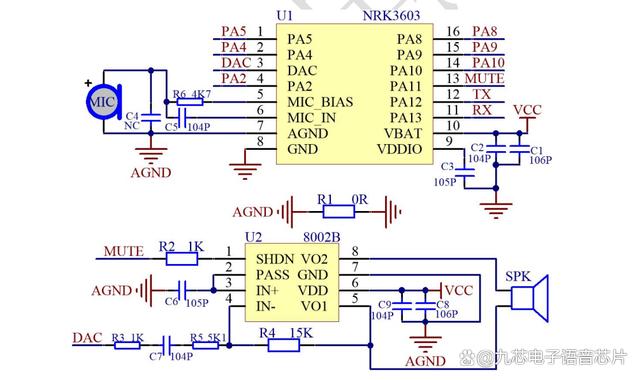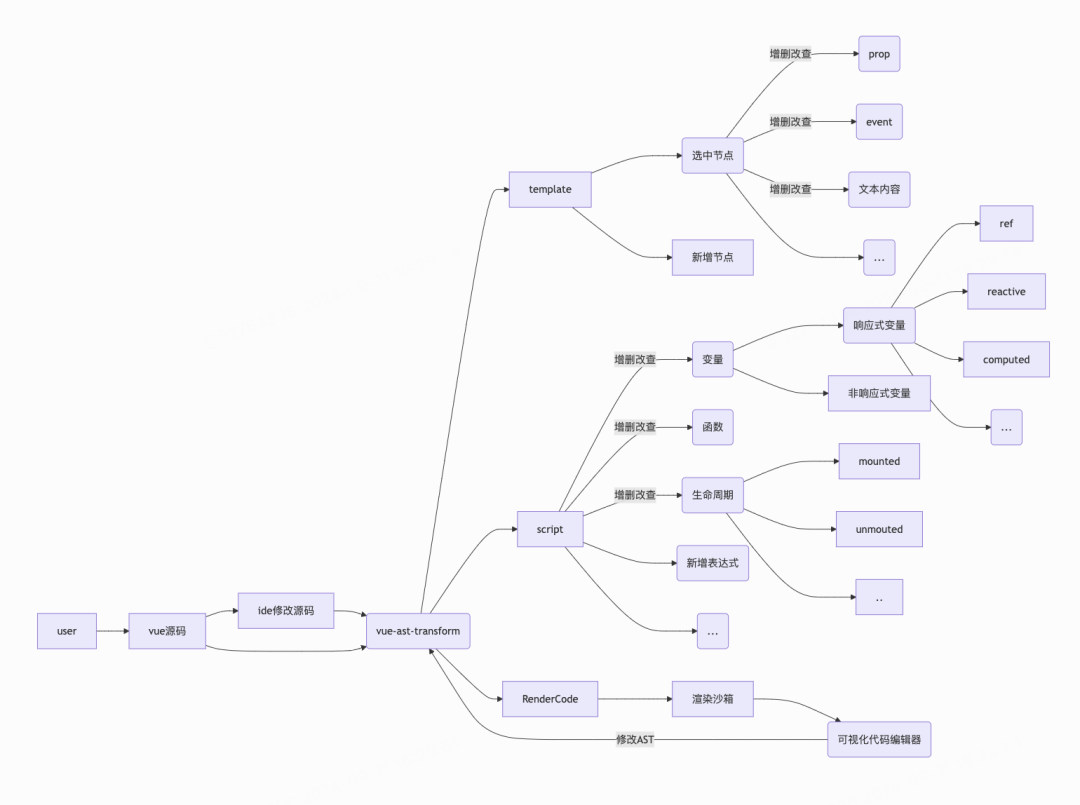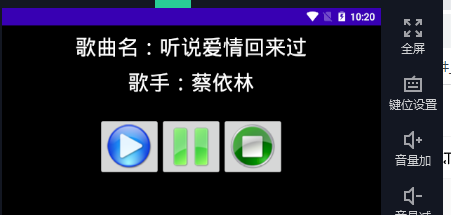1. 队列的概念及结构
队列的概念:
与栈相比,队列也是一种特殊的线性表,不同的是,队列只允许在一端进行插入数据操作,在另一端进行删除数据操作。队列遵守先进先出 FIFO(First In First Out)的原则。
入队列:进行插入操作的一端称为队尾。
出队列:进行删除操作的一端称为队头。
图解:

2. 队列的实现
1. 队列节点
链表和数组都能实现队列,但相比之下,链表更优,因为数组出队列时在数组头上出数据,效率会比较低。
//队列节点
typedef int QDataType;
//链表和数组都能实现队列,但相比之下
//链表更优,因为数组出队列时在数组头上出数据,效率会比较低。
typedef struct QueueNode
{struct QueueNode* next;QDataType data;
}QNode;2. "Que"结构体
增加一个尾指针方便找尾,头指针和尾指针定义为结构体方便传参。
//增加一个尾指针方便找尾,头指针和尾指针定义为结构体方便传参
typedef struct Queue
{QNode* head;QNode* tail;int size;
}Que;3. 初始化
//初始化
void QueueInit(Que* pq)
{assert(pq);pq->head = pq->tail = NULL;pq->size = 0;
}4. 销毁
//销毁
void QueueDestroy(Que* pq)
{assert(pq);QNode* cur = pq->head;while (cur){QNode* next = cur->next;free(cur);cur = next;}pq->head = pq->tail = NULL;pq->size = 0;
}5. 入队列

//入队列
void QueuePush(Que* pq, QDataType x)
{assert(pq);QNode* newnode = (QNode*)malloc(sizeof(QNode));if (newnode == NULL){perror("malloc fail");exit(-1);}newnode->data = x;newnode->next = NULL;//如果队列为空if (pq->tail == NULL){pq->head = pq->tail = newnode;}else{pq->tail->next = newnode;pq->tail = newnode;}
}
6. 出队列

//出队列
void QueuePop(Que* pq)
{assert(pq);assert(!QueueEmpty(pq));//队列为空不能删除if (pq->head->next == NULL)//剩一个节点时,要避免尾指针成为野指针{free(pq->head);pq->head = pq->tail = NULL;}else{QNode* next = pq->head->next;free(pq->head);pq->head = next;}pq->size--;
}
7. 取队头数据
//取队头数据
QDataType QueueFront(Que* pq)
{assert(pq);assert(!QueueEmpty(pq));return pq->head->data;
}8. 取队尾数据
QDataType QueueBack(Que* pq)
{assert(pq);assert(!QueueEmpty(pq));return pq->tail->data;
}9.判空
bool QueueEmpty(Que* pq)
{assert(pq);return pq->head == NULL;
}
10. 求队列大小
//求队列大小
int QueueSize(Que* pq)
{assert(pq);return pq->size;
}3. 测试
int main()
{Que q;QueueInit(&q);QueuePush(&q, 1);QueuePush(&q, 2);QueuePush(&q, 3);QueuePush(&q, 4);QueuePush(&q, 5);while (!QueueEmpty(&q)){printf("%d ", QueueFront(&q));QueuePop(&q);}printf("\n");QueueDestroy(&q);return 0;
}
源代码
Queue.h
#pragma once#include <stdio.h>
#include <stdlib.h>
#include <assert.h>
#include <stdbool.h>//队列节点
typedef int QDataType;
//链表和数组都能实现队列,但相比之下
//链表更优,因为数组出队列时在数组头上出数据,效率会比较低。
typedef struct QueueNode
{struct QueueNode* next;QDataType data;
}QNode;//增加一个尾指针方便找尾,头指针和尾指针定义为结构体方便传参
typedef struct Queue
{QNode* head;QNode* tail;int size;
}Que;//初始化
void QueueInit(Que* pq);
//销毁
void QueueDestroy(Que* pq);
//入队列
void QueuePush(Que* pq, QDataType x);
//出队列
void QueuePop(Que* pq);
//取队头数据
QDataType QueueFront(Que* pq);
//取队尾数据
QDataType QueueBack(Que* pq);
//判空
bool QueueEmpty(Que* pq);
//求队列大小
int QueueSize(Que* pq);
Queue.c
#define _CRT_SECURE_NO_WARNINGS 1#include "Queue.h"//初始化
void QueueInit(Que* pq)
{assert(pq);pq->head = pq->tail = NULL;pq->size = 0;
}//销毁
void QueueDestroy(Que* pq)
{assert(pq);QNode* cur = pq->head;while (cur){QNode* next = cur->next;free(cur);cur = next;}pq->head = pq->tail = NULL;pq->size = 0;
}//入队列
void QueuePush(Que* pq, QDataType x)
{assert(pq);QNode* newnode = (QNode*)malloc(sizeof(QNode));if (newnode == NULL){perror("malloc fail");exit(-1);}newnode->data = x;newnode->next = NULL;//如果队列为空if (pq->tail == NULL){pq->head = pq->tail = newnode;}else{pq->tail->next = newnode;pq->tail = newnode;}
}//出队列
void QueuePop(Que* pq)
{assert(pq);assert(!QueueEmpty(pq));//队列为空不能删除if (pq->head->next == NULL)//剩一个节点时,要避免尾指针成为野指针{free(pq->head);pq->head = pq->tail = NULL;}else{QNode* next = pq->head->next;free(pq->head);pq->head = next;}pq->size--;
}//取队头数据
QDataType QueueFront(Que* pq)
{assert(pq);assert(!QueueEmpty(pq));return pq->head->data;
}//取队尾数据
QDataType QueueBack(Que* pq)
{assert(pq);assert(!QueueEmpty(pq));return pq->tail->data;
}//判空
bool QueueEmpty(Que* pq)
{assert(pq);return pq->head == NULL;
}//求队列大小
int QueueSize(Que* pq)
{assert(pq);return pq->size;
}test.c
#define _CRT_SECURE_NO_WARNINGS 1#include "Queue.h"int main()
{Que q;QueueInit(&q);QueuePush(&q, 1);QueuePush(&q, 2);QueuePush(&q, 3);QueuePush(&q, 4);QueuePush(&q, 5);while (!QueueEmpty(&q)){printf("%d ", QueueFront(&q));QueuePop(&q);}printf("\n");QueueDestroy(&q);return 0;
}


















